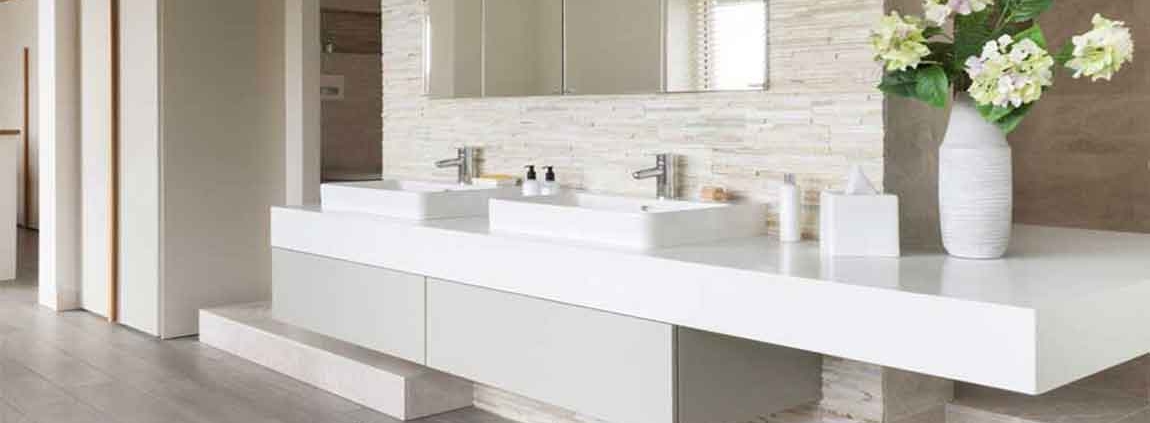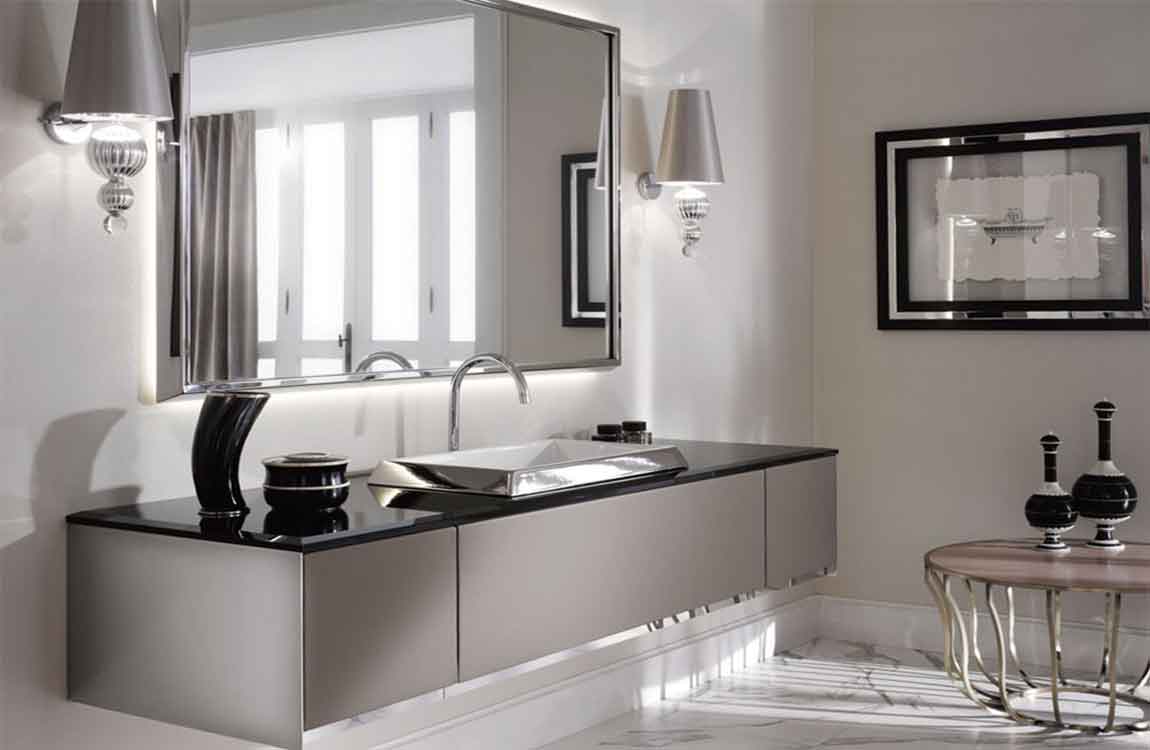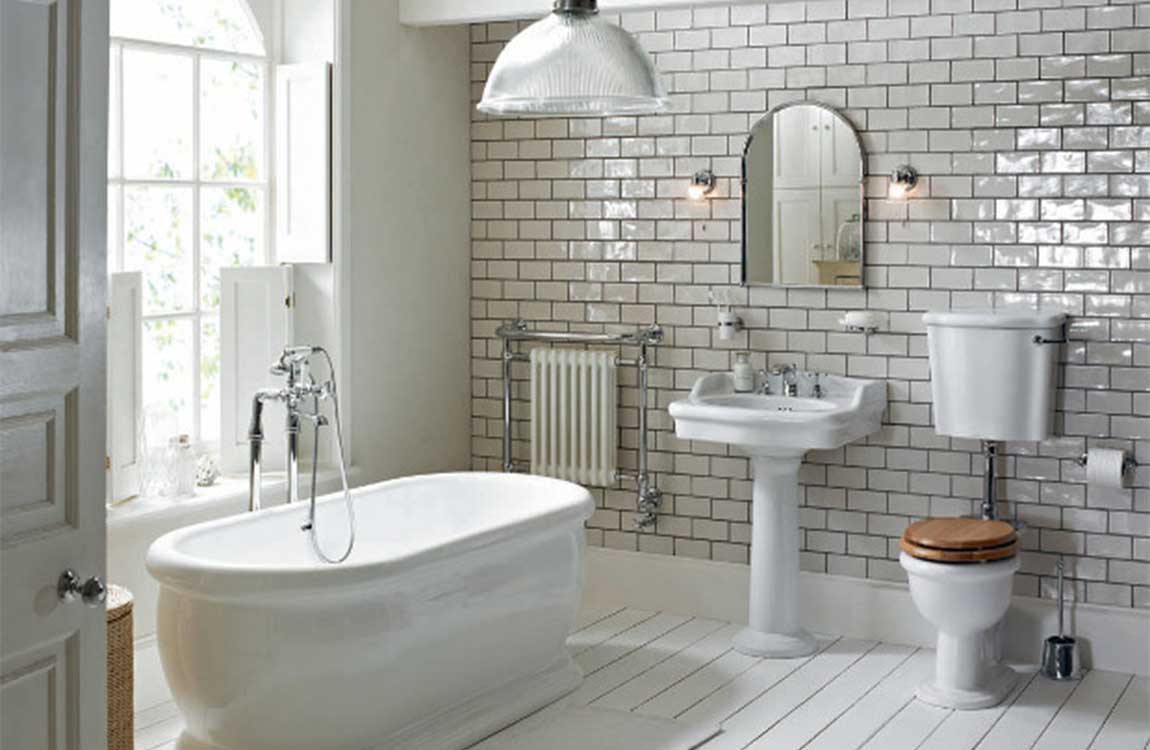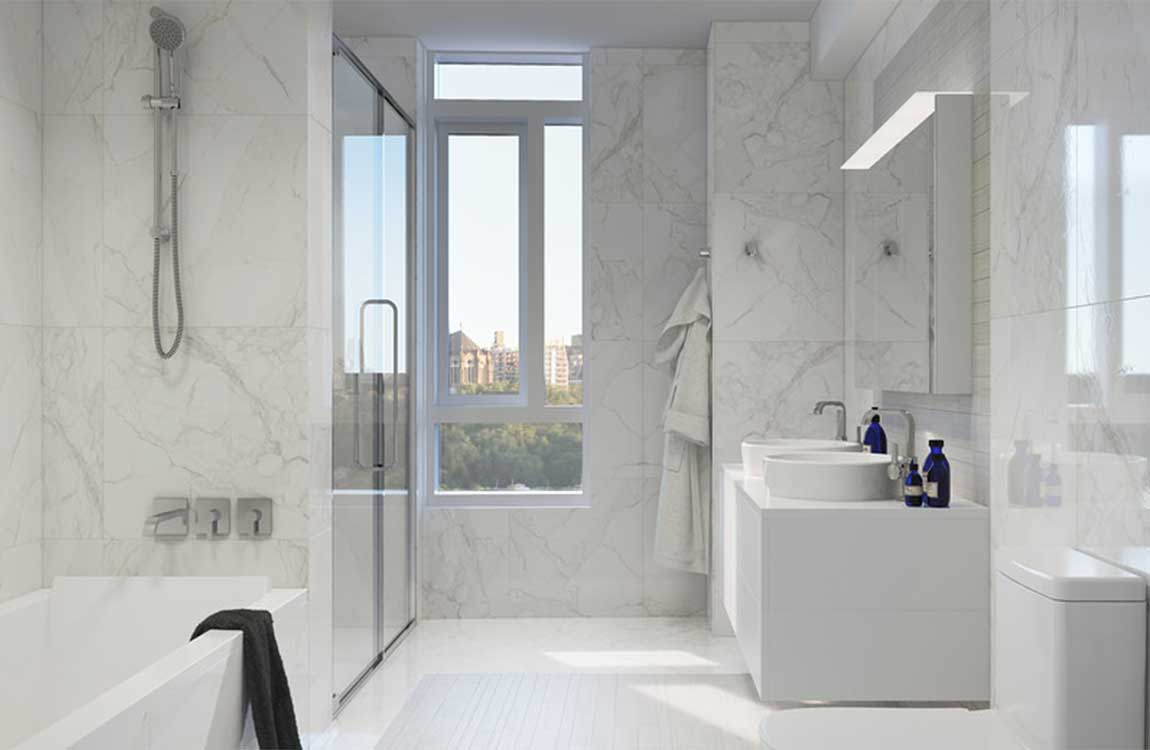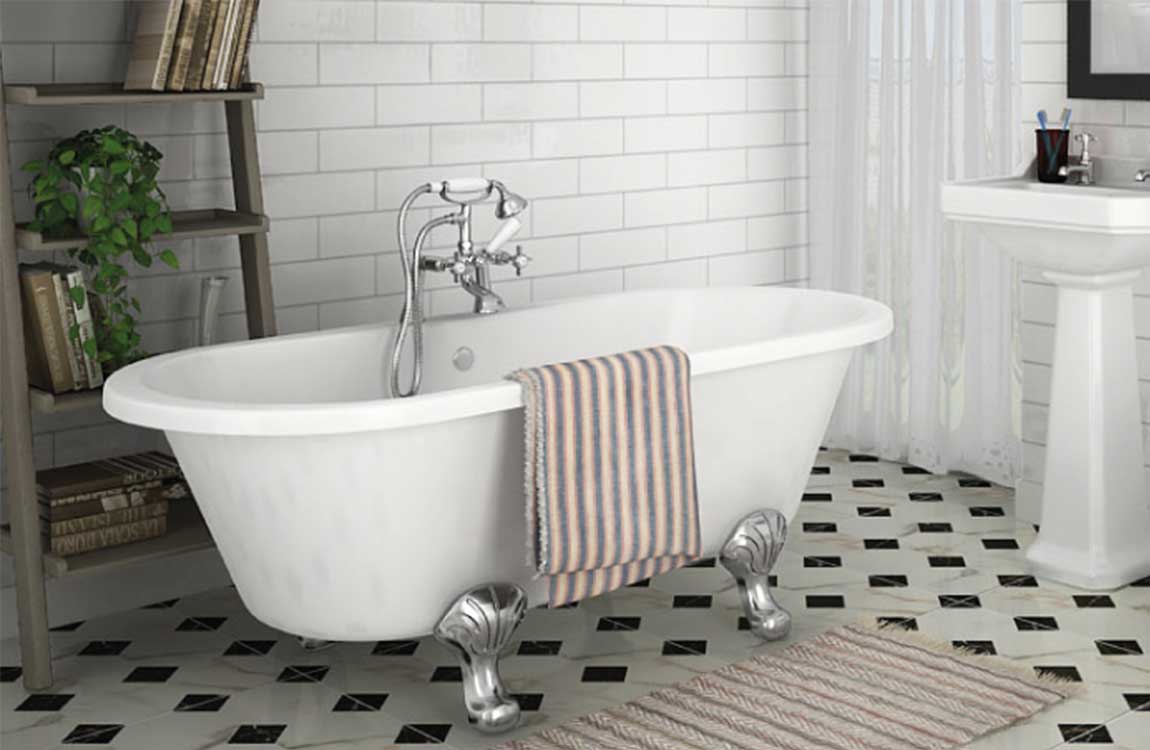How to Clean a Ceramic Sink?
Ceramic sinks are common fixtures in bathrooms and kitchens, and are generally durable. However, they will become soiled and stained with regular use, and will need to be cleaned regular. You can do this using a mild abrasive like baking soda, or a more potent chemical like bleach. Plan to clean your ceramic sink monthly, to avoid stains and other dirty buildup.
You’ll need to use at least four or five lemon slices to fully coat the ceramic with lemon juice. Let the lemon juice sit for 30 minutes. Once the ceramic is covered with lemon juice, let it sit for 30 minutes. This will give the natural acidity of the lemon juice time to break down stains. Once the lemon juice has set for half an hour, come back and rinse the sink out.
Throw away the remnants of the lemon rinds, or grind them up in your kitchen sink’s garbage disposal. Connect the wiring. Insert the electrical cable through the new fans connector and secure it with a cable clamp. Open up the electrical splice box (from either the attic or the bathroom, depending on the model) and pull out the fan wires.
Attach the electrical wires to the fan wires by twisting same color wires together (white to white and black or red to black) and attaching a wire connector. Wrap the bare copper wire under the ground clip or screw and tighten to secure. Tuck all of the wires back into the electrical splice box and replace the cover.
Complete the outdoor work. If you replaced your old duct pipe with a newer, bigger pipe, you will also need to install a larger vent cap on your roof or sidewall. Take whatever safety precautions are necessary for working at a height. Remove the old vent cap and use a saw to enlarge the opening to the size of the new duct pipe.

